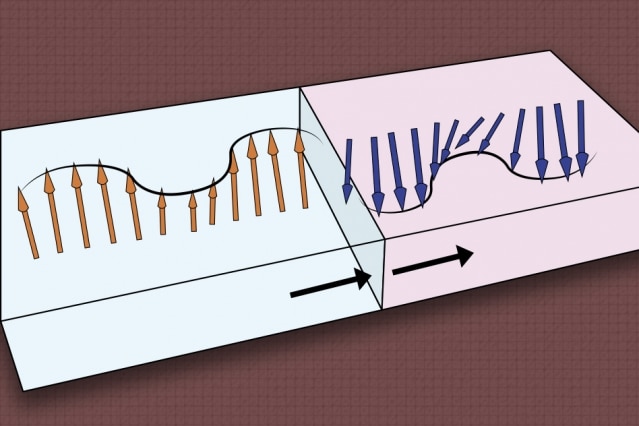This New Circuit Architecture Doesn’t Require Electricity For Computing

Classical computers use a massive amount of electricity for computing and dissipate a large amount of heat in the process. The carbon footprint of such devices is a threat to our environment. Therefore, researchers are trying to come up with alternatives.
Thankfully, MIT researchers have invented a new circuit architecture design that relies on magnetic waves and doesn’t require electricity for computing. This is considered a leap in designing magnetic-based “spintronic” devices.
Such devices use a quantum property of electrons called “Spin wave” in magnetic materials with a lattice structure. In this approach, spin wave properties are modulated to produce a quantifiable output, which, in turn, is used for computing data. However, modulating these properties requires injecting electrical current using devices that can cause signal noise, thus negating the performance gain.
MIT researchers’ new circuit architecture involves using a nanometer-wide domain wall in layered nanofilms of magnetic material for modulating spin wave properties. The architecture eliminates the need for injecting electrical currents.
As MIT News describes it, “in the future, pairs of spin waves could be fed into the circuit through dual channels, modulated for different properties, and combined to generate some measurable quantum interference — similar to how photon wave interference is used for quantum computing.”

According to Luqiao Liu, principal investigator of Spintronic Material and Device Group in the Research Laboratory of Electronics, wave computing could prove to be a promising alternative to silicon computing.
He adds, “By using this narrow domain wall, we can modulate the spin wave and create these two separate states, without any real energy costs. We just rely on spin waves and intrinsic magnetic material.”
Describing the circuit, Liu says it’s like a water pipe. The domain wall is a valve that controls how water (spin wave) flows through the pipe (material). When a strong enough spin wave is applied, the position of the domain wall can be altered. This modulation can be controlled under a monitored setup.
The researchers are, now, trying to build a working wave circuit for performing basic computations. The next step is to optimize material, reduce potential signal noise, and figure out a method to switch states quickly by moving around the domain wall.
We hope that the new circuit architecture would pave the way for much efficient computing that doesn’t require electricity, and minimal heat is generated in the process.
Also Read: Bliss OS 12 Lets You Run Android 10 On Linux Or Windows 10 PC






